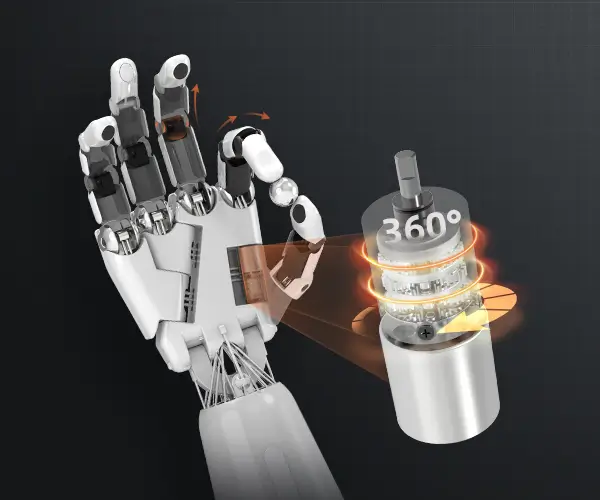Imagine you're building a massive app that needs to handle tons of requests smoothly—think of a booming e-commerce site during a flash sale, or a streaming service with millions tuning in. You’d want everything to run fast, secure, flexible, and scalable without breaking a sweat. That’s where an API gateway layered over microservices kicks in—it’s like the conductor of an orchestra, making sure each piece plays in harmony.

Let’s talk about what makes this setup shine. Traditional monolithic systems? They’re good, but they start to buckle under pressure when demands grow. Microservices change the game—they split everything into bite-sized, independent units. But managing all those pieces can turn into chaos without a central hub. Enter the API gateway. Think of it as a traffic cop that directs requests, handles security, enforces policies, and streamlines communication.
Picture this: a user taps on the app, requesting product info. Instead of hitting multiple servers, the request hits the API gateway first. From there, it routes to the right microservice—maybe the product catalog, inventory, or reviews module—without the user ever knowing the behind-the-scenes saga. This setup not only boosts performance but makes updates or bug fixes less about risking the whole system. Need to scale a specific part? Just multiply that microservice, no need to overhaul everything.
“Why use an API gateway in microservices architecture? Isn’t that extra layer complicated?” Well, it’s kind of like adding a high-performance filter—sure, it’s an extra step, but it dramatically improves security, reduces latency, and provides analytics that tell you exactly what’s happening. You get centralized authentication, request throttling, logging, and even load balancing. Plus, it simplifies client interactions—clients don’t need to worry how many microservices are behind the scenes.
And for those worrying about future-proofing, this setup is a breeze to expand. Want to add a new feature? Just deploy a new microservice and update the gateway rules. No need to overhaul the entire system. That agility is priceless. It also ensures that setbacks or overloads in one microservice won’t cascade into the whole platform—resilience remains intact.
Consider APIs that are part of a bigger ecosystem—they need to authenticate users, handle different request types, and deliver data fast. An API gateway manages all that gracefully. It’s not just a traffic controller but also a security hub—blocking malicious requests, managing tokens, and ensuring compliance.
So, do you need to keep your microservices architecture lean and responsive? The answer is clear. You want a centralized, customizable API gateway like the backbone of your system—a reliable partner that adapts as your needs grow. That’s what makes it not just a technical choice, but a strategic advantage. It’s about turning complex, sprawling systems into synchronized, efficient engines that serve your business goals.
Established in 2005, Kpower has been dedicated to a professional compact motion unit manufacturer, headquartered in Dongguan, Guangdong Province, China. Leveraging innovations in modular drive technology, Kpower integrates high-performance motors, precision reducers, and multi-protocol control systems to provide efficient and customized smart drive system solutions. Kpower has delivered professional drive system solutions to over 500 enterprise clients globally with products covering various fields such as Smart Home Systems, Automatic Electronics, Robotics, Precision Agriculture, Drones, and Industrial Automation.




































